A Fatal System error is one such error that halts or frees a computer as it has reached a condition where the computer can no longer operate safely. With the Fatal system error, users experience BSOD (Blue Screen of Death), getting troubled all the while. As it is a common error on Windows 10, most of the users are repeatedly experiencing and thus reporting about the same.
Also Read
Page Contents
- Fixes for “Fix Fatal System error on Windows 10.”
- Fix 1: Use the DISM command:
- FIX 2: Disable driver signature enforcement:
- FIX 3: Use a fixing tool:
- FIX 4: Repair your registry:
- FIX 5: Replace the corrupted files:
- FIX 6: Install the latest updates and drivers:
- FIX 7: Run the SFC scan:
- FIX 8: Remove any recently installed applications or drivers:
- FIX 9: Copy the moved files:
- FIX 10: Rollback your drivers:
- FIX 11: Run chkdsk:
- FIX 12: Reset Windows 10:
Fixes for “Fix Fatal System error on Windows 10.”
Fatal System error is a serious issue that can lead the user to data loss and can even damage your system. Though it isn’t unresolvable, and there are several fixes and solutions available for the same. For more details, have a look down below:
Fix 1: Use the DISM command:
In case your Windows 10 installation has become corrupt due to any glitch or a certain patch, it can lead to the Fatal System Error. Though, by using the DISM command, you can resolve the same and use your system swiftly again. To know-how, have a look down below:
- Firstly, Boot your computer from Windows 10 installation media.
- Now press the Shift key + F10 to launch the Command Prompt window. Launch it with administrator access.
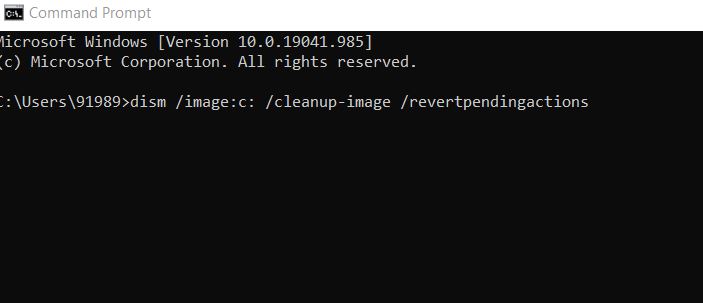
- Now inside the Command Prompt window, type dism /image:c: /cleanup-image /revertpendingactions and then press Enter.
Let it process on its own. Once done, check for improvements.
FIX 2: Disable driver signature enforcement:
Another solution that can help you in getting rid of the Fatal System error is by disabling the driver signature enforcement. To know-how, have a look down below:
- Firstly, start the Automatic Repair process by restarting your computer a few times during the boot phase.
- Now navigate to Troubleshoot -> Advanced options ->Startup Settings.
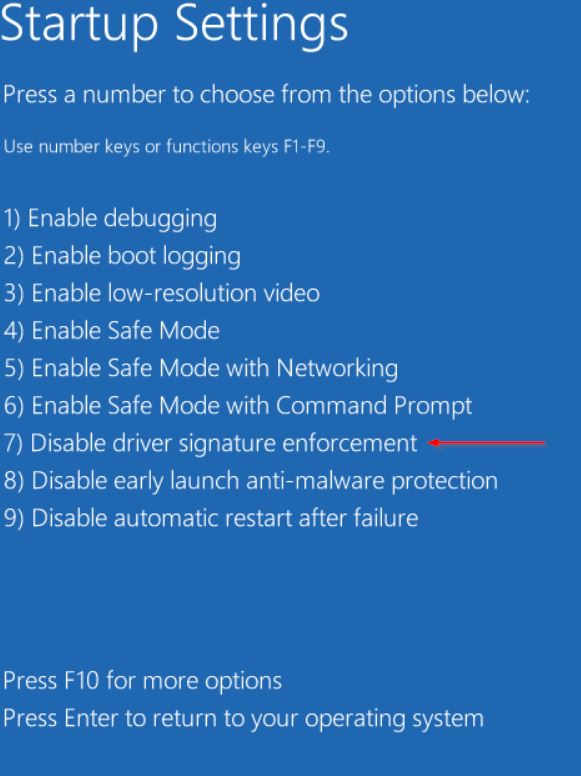
- Now in the Startup Settings window, press the F7 key to select Disable driver signature enforcement.
Lastly, restart your system and check for improvements.
FIX 3: Use a fixing tool:
As per a lot of suffered users, in order to resolve the Fatal System error, they used a dedicated automatic repair tool that particularly helped in getting rid of the BSOD errors. You can also use any such tool available online and check whether they can help you or not.
FIX 4: Repair your registry:
Repairing the registry can eventually help you in resolving the Fatal system error. To know how follow the steps given below:
- Firstly, in the desktop search bar type, regedit and open Registry Editor.
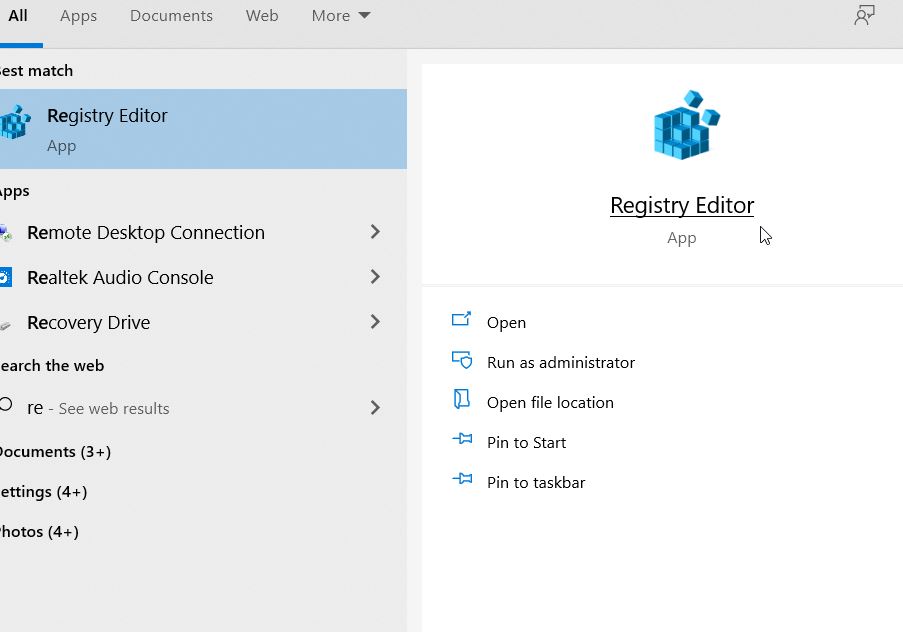
- Then in the Registry editor, navigate to C:\Windows\System32\config and then copy the following files to a different location. (DEFAULT, SAM, SECURITY, SOFTWARE, and SYSTEM files).
- Now navigate to C:\Windows\System32\Config\Regback directory.
- Further paste the content to the following location, C:\Windows\System32\config\.
Once done, check for improvements.
Note: Users who aren’t able to access Windows 10 to perform the above steps, can either perform these steps via safe mode or by booting their computer from a Linux CD.
FIX 5: Replace the corrupted files:
The Fatal System error can mainly occur due to corrupt system files, specifically Winlogon, Userinit.exe, and msgina.dll (as per users). Though there could be several other files as well, most of which can be found in the WindowsSystem32 directory. Here the solution is to simply copy those files from another trusted Windows 10 computer. Here make sure the other computer you are using to copy files must be the same version of Windows 10.
For example, if you are a 34-bit version of Windows 10, then copy from another 34-bit version of Windows 10 or if you are using a 64-bit version of Windows 10, then copy from a same 64-bit version of Windows 10.
FIX 6: Install the latest updates and drivers:
Installing the latest updates and drivers can also help in resolving the Fatal System error on Windows 10. To know how to follow the steps given below:
- Firstly, launch the Settings App by pressing Windows + S simultaneously.
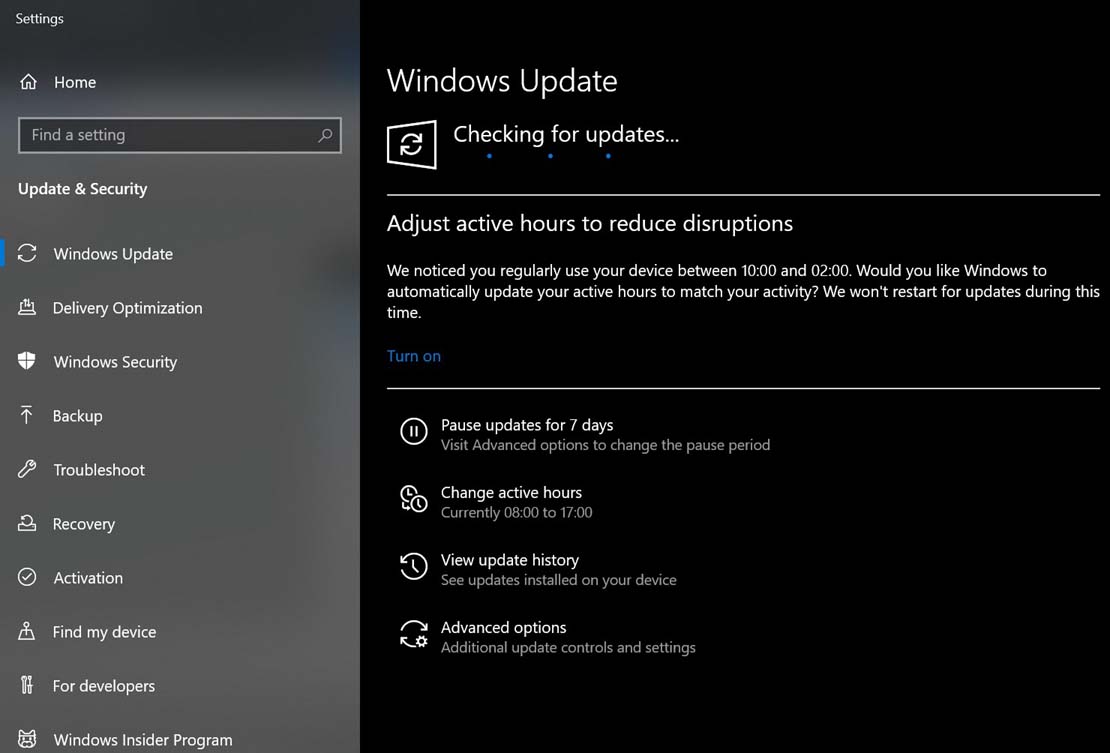
- Now inside the Settings App, navigate to Updates & Security and then select Windows Update option and click on the Check for updates tab. Windows will now automatically locate and install all the available updates into your computer.
- After that, restart your computer and check for improvements.
Apart from installing the latest Windows updates, also look for the outdated drivers and install their latest version on your computer. For doing that, whether you can use an automated driver updating tool or perform the same manually.
- Simply navigate to your hardware manufacturer’s official website and download the latest drivers for your device.
FIX 7: Run the SFC scan:
The Fatal System error can be a result of corrupt system files. Here in case, the best solution is to run an SFC scan and check whether it helps or not. SFC scan locates and repairs all the corrupt system files. To know more, follow the steps given below:
- Firstly, Insert the disc and Restart your computer.
- Now press any key on your keyboard to boot from the DVD.
- Further, select your Keyboard’s layout, time, and language.
- Now click on Next -> Repair your computer -> Troubleshoot -> Advanced options.
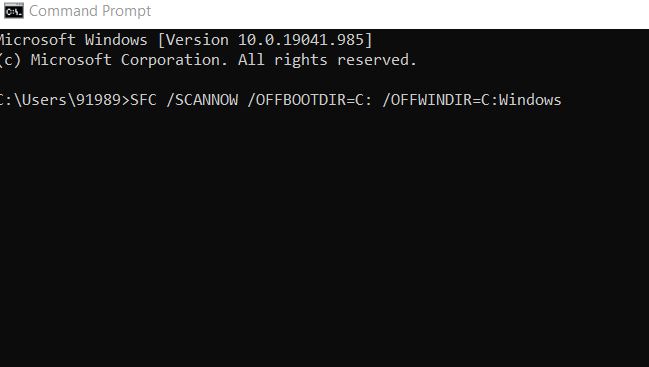
- Now launch the Command Prompt window and then copy + paste the following command. Make sure you press Enter after that.
SFC /SCANNOW /OFFBOOTDIR=C: /OFFWINDIR=C:Windows
- Once done, check for improvement.
FIX 8: Remove any recently installed applications or drivers:
If the Fatal system error has been occurring after you installed a new application, software or Driver in your system, then that particular application/ software or Driver might be interfering and creating some issues. Here the best solution is to remove that dedicated application/ software or Driver and then check for improvements.
FIX 9: Copy the moved files:
As per a few of the suffered users, the Fatal system error got resolved for them just after they copied the moved files. However, this step can be slightly problematic as it involves copying files to Windows 10 installation directory, which can damage your Operating System installation. However, if you still want to try, then follow the steps given below:
- Firstly, Boot your computer from the Linux media.
- Now locate and access your HDD. Here you might see found.000 or several found folders.
Note: Before copying, consider creating a backup for the System32 directory.
- Now open the folder from Windows\System32 and then copy the files from the other found folders here.
FIX 10: Rollback your drivers:
The Fatal System Error can certainly occur after you have installed a certain driver. And if this is the case with you, then consider rolling back the drivers. For doing so, follow the steps given below:
- Firstly, go to the desktop search bar, right-click on the Windows icon and select the option Device Manager from the Context menu.
- Now inside the Device Manager window, locate the Driver you want to roll back and then right-click over it and select Properties.
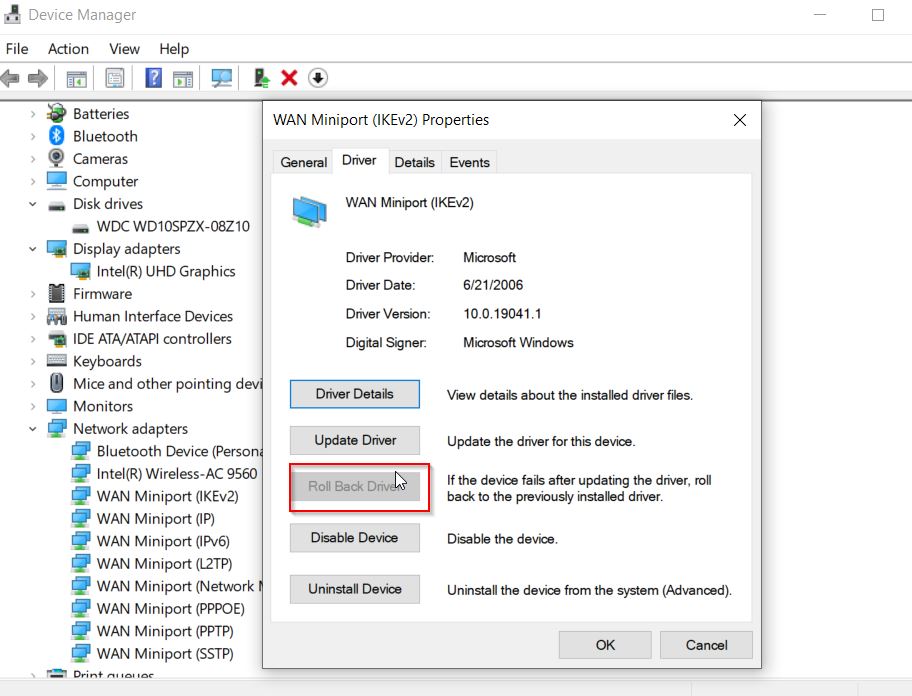
- Now on the next prompt, navigate to the Driver tab and then click on the Roll Back Driver tab. Let the process complete on its own.
In case the Roll Back driver tab is unavailable or greyed out on your screen, then you can also uninstall and then reinstall the Driver again.
FIX 11: Run chkdsk:
Just like the DISM and SFC scan, you can also run the chkdsk command and check whether it helps or not. Chkdsk basically scans your hard drive for any corrupted files and then repairs them. To know more, follow the steps below:
- Firstly, press Windows + S altogether and in the search bar, type ‘command prompt’. The Command Prompt window will open for you.
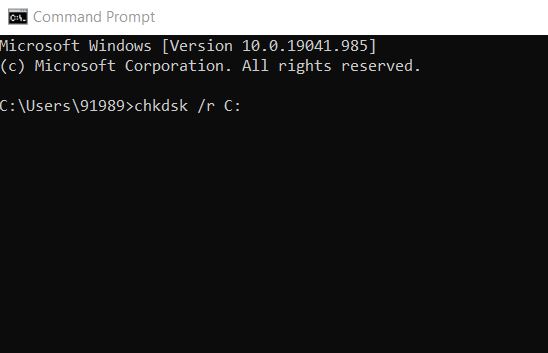
- Inside the Command prompt type chkdsk /r C: (Here, replace the C alphabet with the alphabet of your partition.)
- Further, in case you want to perform a detailed scan, you would require to scan all the hard drive partitions by using the same Command but replacing C: with the alphabet that goes with your hard drive partition.
FIX 12: Reset Windows 10:
The last solution is to reset your Windows 10. For doing so, follow the steps given below:
- Firstly, you need to Restart the system for a few times during the boot process in order to enter the Automatic Repair.
- Then go to Troubleshoot -> Reset this PC -> Remove everything.
- Now insert the installation media (if asked for).
- Further click on Only the drive where Windows is installed and then select Just remove my files.
- Now select the Restart button in order to start the process.
- Lastly, follow the on-screen instructions to reset Windows 10.
Apart from Reset Windows, you can also perform a clean install of Windows 10. Though before opting for any of them, do make sure that you create a backup of your important files, as both of these processes can delete all files from your C partition.
These were the top 12 solutions that will eventually help you in getting rid of the Fatal Systems error on your Windows 10 computer. However, if none of them worked for you, then at last, you will have to check your hardware. Similar issues like Fatal Systems error can also get triggered due to faulty hardware, and after replacing the hard drivers, several users usefully resolved it.
Apart from the hard drive, make sure you also check your RAM, motherboard, and HDMI cables and ensure whether all of them are working correctly or not. Still, if the error persists then, we advise you to meet a professional and seek a focused resolution. If you have any queries or feedback, please write down the comment in the below command box.
